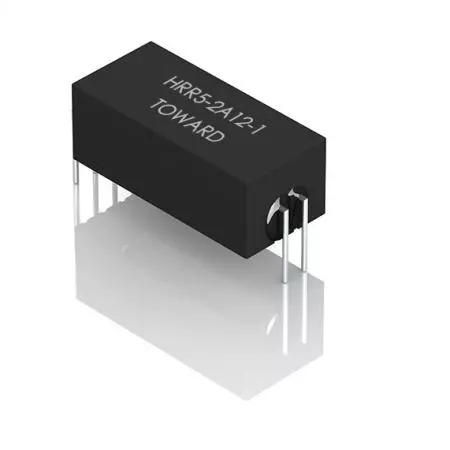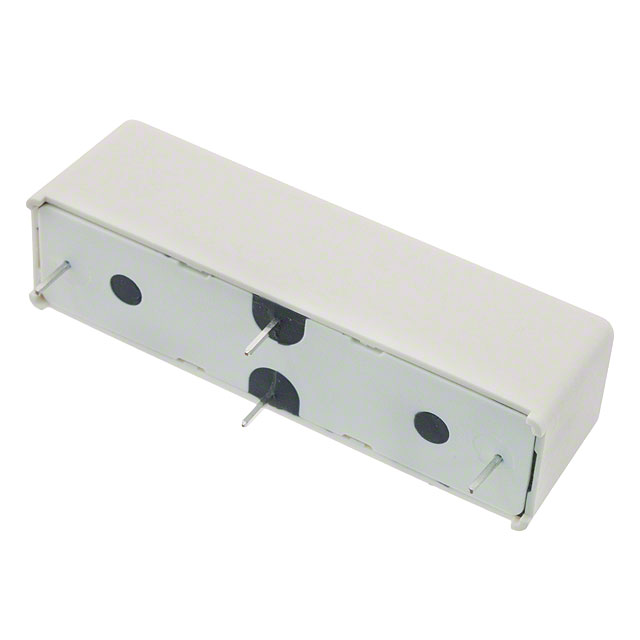Categories
- Reed Relays(1)
- 1
What is a Reed Relay?
Reed Relays are a type of relay that employs reed switches for making and breaking circuits. They are known for their compact design, acute sensitivity, and swift response times. These relays are commonly used in scenarios that demand quick switching actions and high levels of dependability, such as in telecommunications gear, precision measurement devices, and automated control systems.

Reed Relay
How Do Reed Relays Work?
The operating principle of a reed relay involves the use of an electromagnetic field to actuate the switch. A reed relay consists of a pair of ferromagnetic reeds that are enclosed within a glass envelope, creating a sealed environment for the switch contacts. When an electric current flows through the coil, it generates a magnetic field that attracts the reeds, causing them to align and complete the electrical circuit. Once the current is interrupted, the reeds are pushed apart by a spring mechanism, thereby opening the circuit. Reed relays are engineered for dependable, low-power signal switching.
Unique Characteristics and Advantages of Reed Relays
Reed relays distinguish themselves through several unique characteristics, particularly when juxtaposed with other relay technologies. A key aspect of their performance is rooted in the Reed Technology principle itself. Reed switch relays are sealed from external elements, which means they are protected from dirt, dust, and grime, leading to a longer service life with wear-free switching. Consequently, reed relays are capable of handling low-level signals through billions of operations, depending on the load. In contrast, electromechanical relays are more susceptible to mechanical failures due to external contaminants and can only manage a few million operations at best.
Notably, reed relays are unparalleled in their ability to switch at zero voltage and current, a feat unmatched by other relay technologies. Additionally, semiconductor relays tend to have higher leakage currents and capacitance levels compared to reed technology. As a result, reed relays offer a multitude of distinct advantages over alternative relay types.
Frequently Asked Questions
What is a reed relay used for?
Reed relays are widely employed in RF and microwave switching due to their specific advantages. They are particularly suited for applications that capitalize on their minimal leakage current, which is measured in the femtoampere range. Such applications include photomultiplier detectors and other circuits that require the handling of extremely low currents.
What is the difference between a reed relay and a regular relay?
Reed relays inherently provide galvanic isolation between the coil and the signal path, whereas solid-state relays do not offer this feature, necessitating the inclusion of an isolated drive mechanism within the relay itself. Solid-state relays are capable of operating at higher speeds and with greater frequency compared to reed relays. Additionally, solid-state relays can handle higher power ratings than their reed counterparts.







